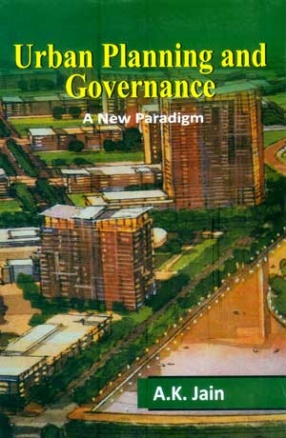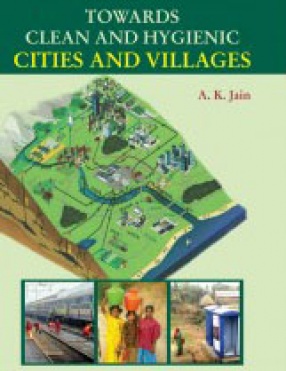India has now been achieving 7 to 8 percent economic growth, and its 5161 urban centers, growing at 12 to 15 percent, are acting as the engines of the country’s growth. In the era of globalization of the economy, the Indian city is evidently in competition with the other cities around the globe. However, inadequate infrastructure, highly regulated land market, limited resources of the local government and conventional bureaucratic approach are acting as the retardants in attracting the investments.
In the context of decentralization of power from Central/State governments to local levels, there is a clear need to strengthen the Urban Local Bodies and endowing them with the finances, commensurate with their assigned responsibility to provide urban services.
It is time to give up some deeply held ‘biases’ permeating professional thinking such as the concept of “Master Planning” to regulate urbanization, and introducing the concepts of strategic and local planning. The planners have to abandon the irrational concerns about the “limits to city size” and romantic “city beautiful” concepts. The imperatives of environment, heritage, renewal, decentralization, localization, new partnerships, sharing of development benefits, poverty alleviation, pro-poor, informal sector, affordable social housing, etc. are no more subsidiary to the main strategy of “planning”, but should be its basis.
The reforms in urban sector should become integral to macro-economic policies of development. The cities as the catalysts of economic reforms and urban governance can help in social and economic turn around of the country. In this perspective, new patterns of urban land, space and infrastructure should emerge. There is a need to realistically estimate these demands and make appropriate provisions to achieve desired results. This should be complemented with legislative and regulatory reforms in urban land, infrastructure and housing, synthesizing into a new urban paradigm.
This book provides a comprehensive insight into the urban problems, policies and practices and seeks to evolve new paradigms of urban planning and governance. The book distills the sustained studies and experience of the government, academics and the individuals striving for urban change. It should be useful for all those involved with planning, urban management and governance.








There are no reviews yet.